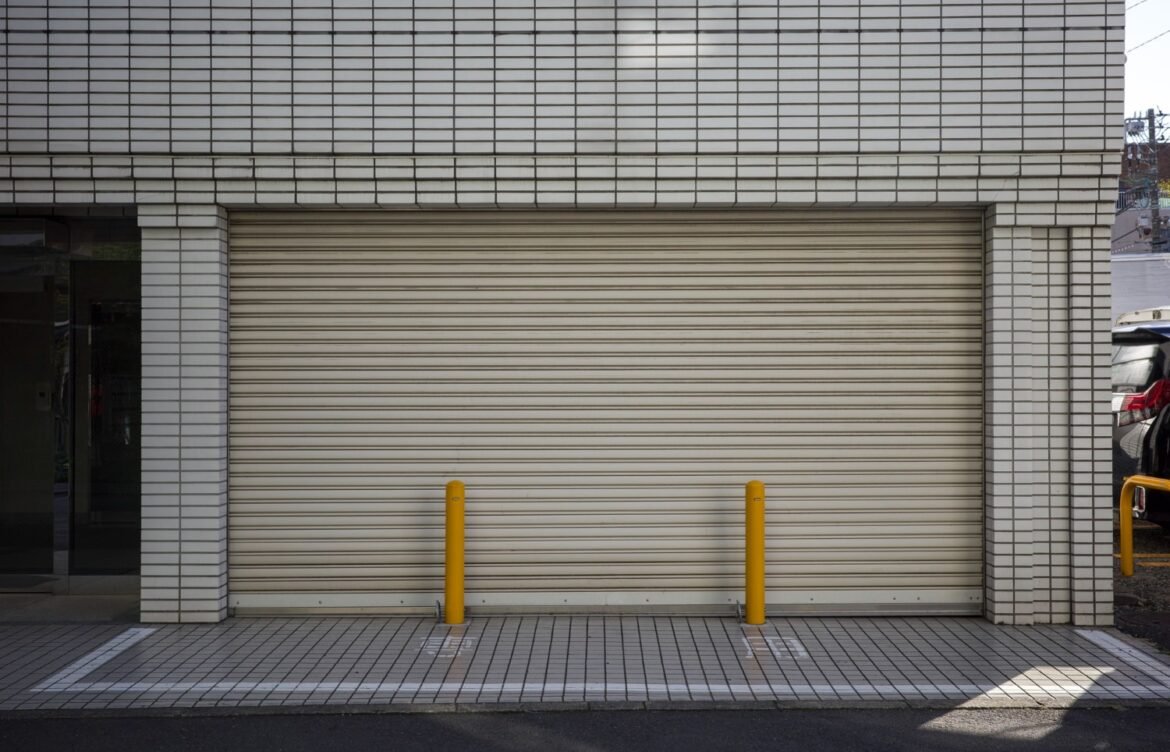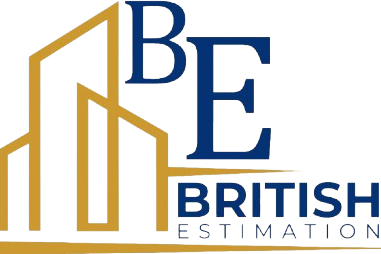
Everything You Need to Know About Building a Home Office Extension
Are you looking for a way to create a dedicated workspace without sacrificing room inside your home? Building a home office extension could be the perfect solution for you.
As far as home renovations go, this is one of the most practical and cost-effective ways to improve both your home and work-life balance. If you’re concerned about costs, this guide will outline the benefits of adding a home office and the steps involved in the process.
Why Add a Home Office Extension?
Are you unsure about whether a home office extension is worth the investment? The convenience of having a quiet, dedicated workspace without distractions can significantly boost your productivity. Not to mention, it can add substantial value to your property.
If you frequently work from home, having a designated office space is essential. Instead of using the dining table or a cluttered corner of your bedroom, an extension gives you a professional environment tailored to your needs. A home office can also double as a study room for your children or a creative space for hobbies and projects.
Add Value to Your Home
A home office extension doesn’t just improve your productivity; it can also increase your property’s value. With remote work becoming more common, many buyers actively seek homes with dedicated office space. Studies suggest that a well-designed office can add up to 10% to the value of your home, making it a great long-term investment.
How Much Does It Cost to Build a Home Office Extension?
Now that you’re convinced of the benefits, the next question is: how much will it cost? The good news is that a home office extension can be tailored to suit almost any budget.
The total cost will depend on factors such as the size of the extension, the materials used, and whether you opt for a detached or integrated space. There are three main types of home office extensions:
- Detached Office – A standalone structure in your garden, like a garden room or shed conversion.
- Attached Extension – A new structure built onto your home, often converting part of a patio or extending an existing room.
- Converted Space – Transforming a garage or unused space into a functional office.
Basic home office extensions typically start at around £5,000, while larger, high-spec designs can cost upwards of £20,000. Additional costs, such as insulation, heating, and electrical installations, should also be considered.
How to Build a Home Office Extension
Taking on a renovation project can feel overwhelming, but with careful planning, adding a home office extension can be a smooth process.
The Budget
Setting a clear budget from the start is crucial. This will determine the size, materials, and overall quality of your extension. Be realistic about costs and plan for unexpected expenses. Running out of funds midway through the project can lead to unfinished work and additional stress.
Get Quotes
Once you’ve set your budget, gather quotes from different builders and contractors. It’s advisable to get at least three quotes to compare costs and services. Being transparent about your budget will help you find professionals who can work within your means.
The Build
- Laying the Foundation – Whether you’re building a separate garden office or extending a room, the first step is to lay a solid foundation. This ensures stability and prevents future issues such as dampness.
- Structural Construction – Depending on your budget and design, walls will be built using either brick, timber, or prefabricated panels.
- Roofing – Choosing the right roof type is important for insulation and weather protection. Flat roofs are often cheaper, while pitched roofs provide better insulation.
- Insulation and Electrical Work – Proper insulation is essential for year-round comfort. Electrical work, including lighting, power outlets, and internet connectivity, will also need to be installed.
- Finishing Touches – Once the structure is complete, you can focus on interior design. Choose ergonomic furniture, good lighting, and storage solutions to create a productive workspace.
Security and Comfort
If you’re keeping valuable equipment in your home office, consider installing security measures like an alarm system and CCTV. Climate control, such as heating and ventilation, is also essential for maintaining a comfortable work environment year-round.
Ready to Start Planning?
A home office extension is a smart investment for both your home and career. Whether you need a quiet place to work, a creative space, or an area for study, this project can be tailored to suit your needs.
Our expert team is here to guide you through every step of the process, ensuring your office extension meets both your budget and expectations.



